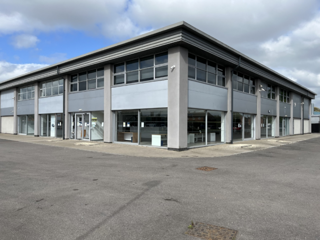In his latest opinion column for Automotive Management (AM), professor Jim Saker considers the ‘profound impact’ of a shift to agency-style franchise agreements for car retailers.
Saker is director of the Centre for Automotive Management at Loughborough University’s Business School, Institute of the Motor Industry (IMI) president and an AM Awards judge.
Over the past couple of months some commentators have suggested that most of the manufacturers are at various stages of considering, and in some cases implementing, a move to an agency arrangement within their distribution networks.
Some are reputedly pushing ahead with a full agency arrangement while others are thinking through a dual structure with electric vehicles (EVs) being sold direct though an agency model while other vehicle sales remain in the current framework.
Legally, it is not possible to run two systems unless there is a clear business differentiation and, at the time of writing, this has yet to be fully tested.
The reaction from the dealership world remains divided with some contending that the balance sheet benefits outweigh the restrictions that the agency model places on the organisation’s operations.
One of the major benefits of the agency model is the potential integrated use of data that comes with embedded technology and connected cars.
The challenge that is yet to be confronted is the ability of the retail network to restructure to accommodate a new way of working.
My view is that the change from franchise to agency will have a profound impact on the way in which dealerships are configured and also the type of staff that they need to employ.
A move to full agency will undoubtedly change the culture within the retailer network. For the past hundred years salespeople have been incentivised to sell based on the transactional need to make sales and hit targets set by manufacturers.
Remuneration packages will need to be re-evaluated. The information flows between the manufacturer and the retailer will be greater and more dynamic with real-time information being shared about both vehicles and customers.
One industry consultant argued that there would need to be a clear division between ‘front and back of house’ operations with ‘behind the scenes systems’ being a lot more sophisticated and, potentially, employing more people than before to handle the ongoing logistics.
At present there does not appear to have been much work done on how this transition will take place and over what timescale. It is a fundamental shift and changes the nature of the business. Staff will need re-orientating and new roles will be created.
All this is not impossible, but, from my perspective, the challenge will be made increasingly complex if the agency model is used for the sale of EVs while another system is able to run legally parallel for the rest of the operation. It is wrong to underestimate the difference in mindset between the two.
This is not something that can simply be trained into people, it requires a broader perspective and understanding of the thinking behind the agency model.
To date, staff have behaved in a particular way and have been promoted and had success under one system. The challenge will be whether these same people can adapt, not only to a new way of working, but also a different way of thinking.



















Login to comment
Comments
No comments have been made yet.